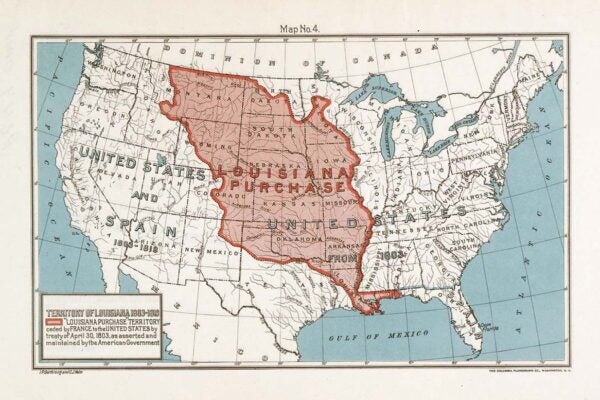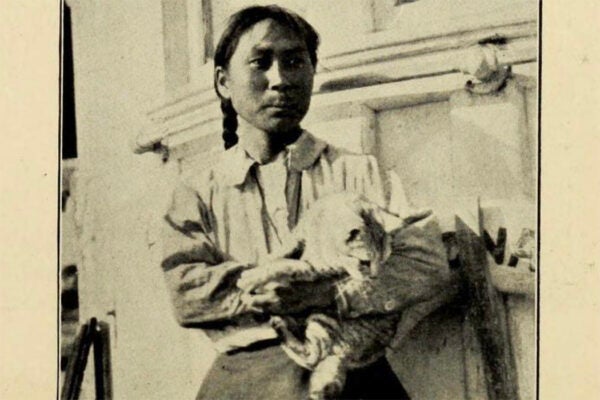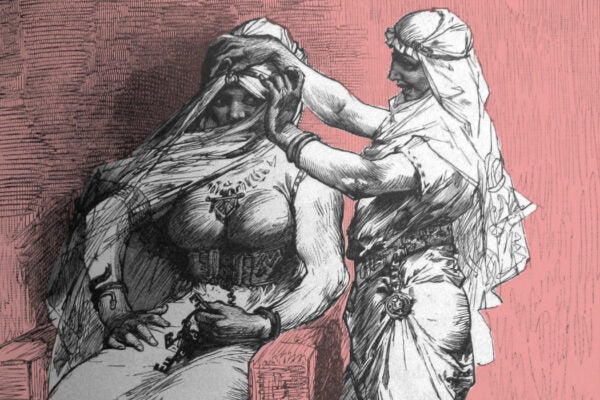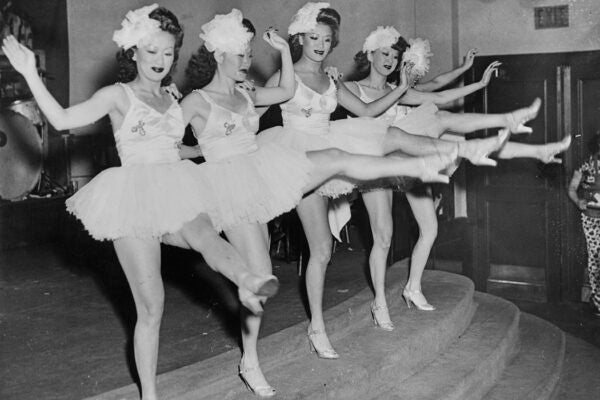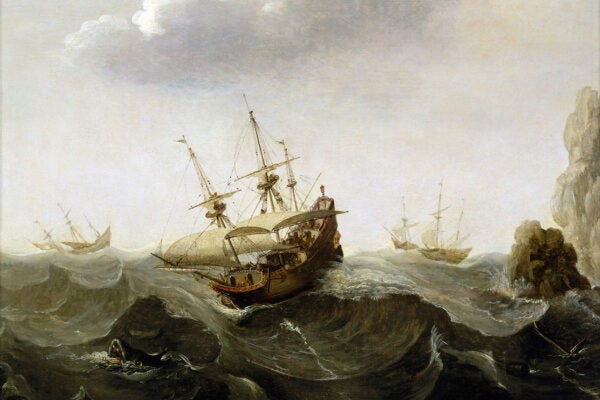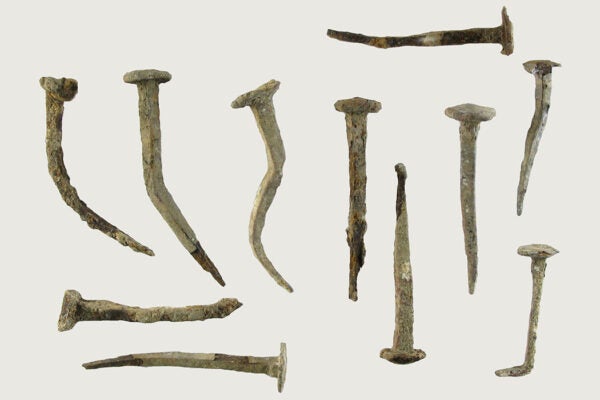The Actual Louisiana Purchase Price
The $15 million price tag of the Louisiana Territory has been described as one of the greatest real estate bargains ever. But what did that actually buy?
Migraines, Genghis Khan’s World, and Indian Dance
Well-researched stories from Black Perspectives, Nursing Clio, and other great publications that bridge the gap between news and scholarship.
Putting an End to Obscene Quackery
When medical professionals joined anti-vice campaigners to censor publications about sex in the 1800s, they found themselves wielding a double-edged sword.
Ada Blackjack’s Secret Weapon
Memories of her son helped Blackjack to become the sole survivor of an ill-fated expedition to Wrangel Island.
The Delhi Durbars
Elaborate demonstrations of British royal ceremony fused with Indian tradition, these assemblies were meant to assert political dominance over Indian subjects.
That Time Thor and Loki Cross-Dressed
Why the Old Norse gods disguised themselves as a bride and bridesmaid before visiting Thrymr, king of Jötunheima.
Americanism, Exoticism, and the “Chop Suey” Circuit
Asian American artists who performed for primarily white audiences in the 1930s and ’40s both challenged and solidified racial boundaries in the United States.
Earthsickness At Sea
Early European circumnavigators thought that their long absence from land during sea voyages made them sick. (Spoiler alert: it was scurvy.)
Five Things You Probably Have Wrong about the T. rex
How well do you really know Tyrannosaurus rex, the so-called Tyrant Lizard King?
Recycling… In Fifth-Century Britain
Once the Roman Empire crashed, so too did metal production in Britain. Luckily, scavenged metal could be reforged or used as is (because they needed spoons).
